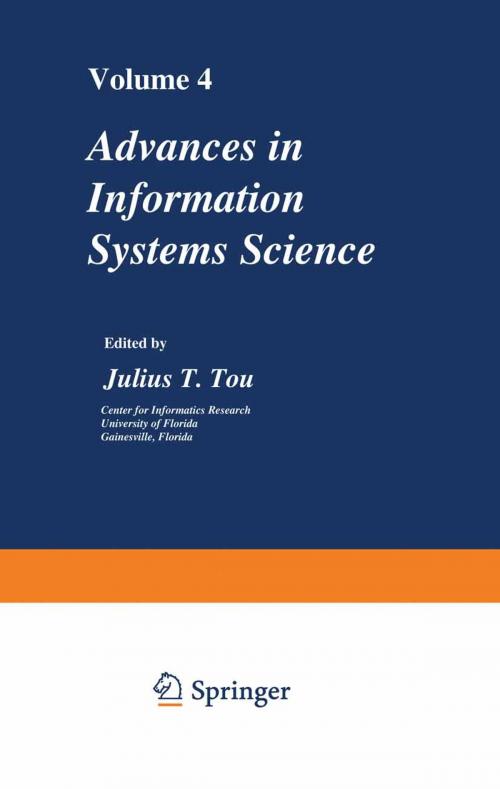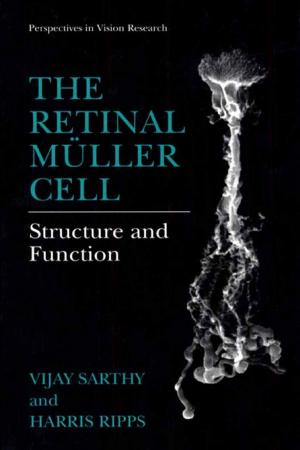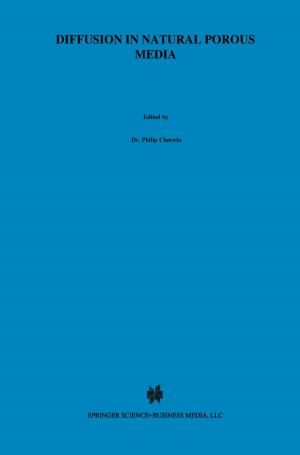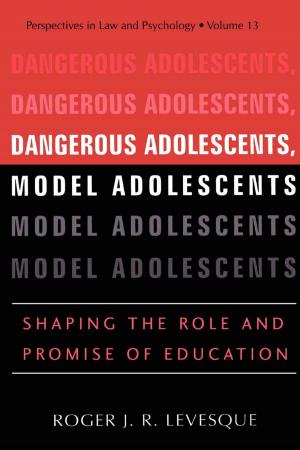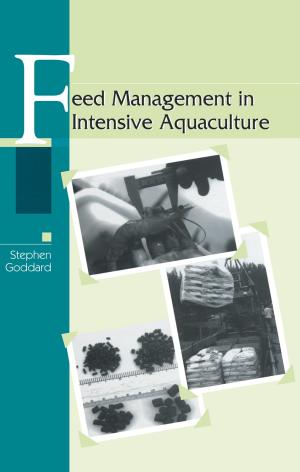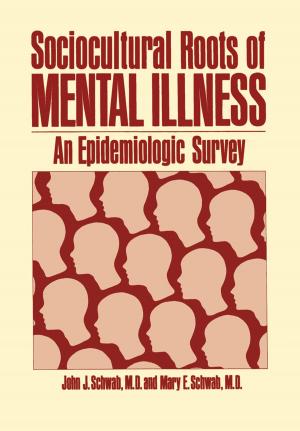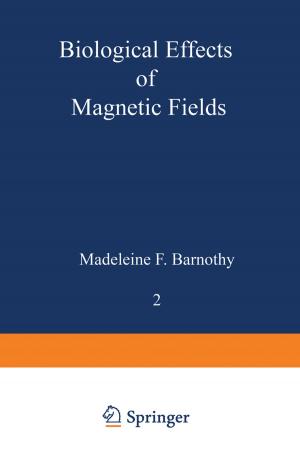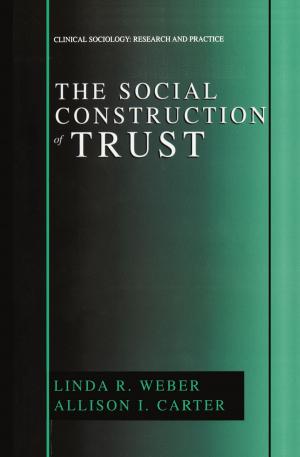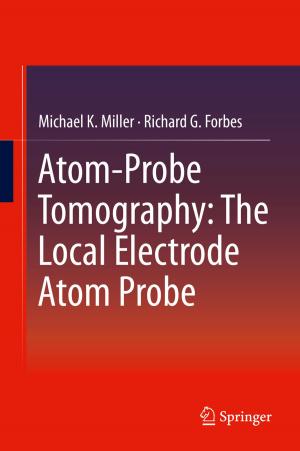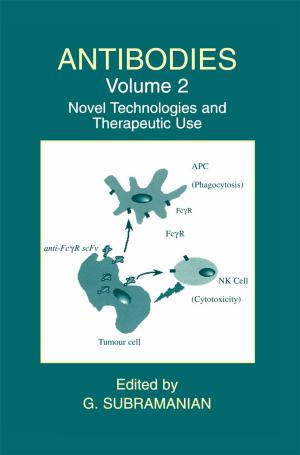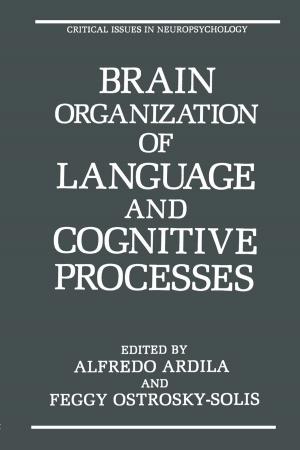Advances in Information Systems Science
Volume 4
Kids, Natural World, Nonfiction, Reference & Language, Education & Teaching, Science & Nature, Science| Author: | Julius T. Tou | ISBN: | 9781461590538 |
| Publisher: | Springer US | Publication: | December 6, 2012 |
| Imprint: | Springer | Language: | English |
| Author: | Julius T. Tou |
| ISBN: | 9781461590538 |
| Publisher: | Springer US |
| Publication: | December 6, 2012 |
| Imprint: | Springer |
| Language: | English |
Information systems science is advancing in various directions with rapid strides. Many diversified ideas and methodologies have been revised and extended. Numerous new techniques and approaches have been con ceived and developed. Some recent advances are covered in this series. The fourth volume of this series provides in-depth discussions of some newly developed theories and techniques concerning computer language-level augmentation, time-sharing systems, text editing systems, grammars and automata, and error correcting codes in computer arithmetic. In Chapter 1, V. K. Smirnov presents an authoritative review of the augmentation of machine language level. He discusses the effects of ex tension of computer functions upon machine language and the influence of development of software systems upon the augmentation of computer language level. Some specific ways of augmenting the machine language level are examined. The problem of information organization, storage, search, and retrieval in a computer is studied. The introduction of higher-level languages has stimulated widespread applications of computers. Formal language theory has been recognized as a topic offundamental importance in the study of information systems science. In Chapter 2, M. A. Harrison examines the phrase-structure grammars, the right linear grammars, the context-free grammars, the LR(k) grammars, and the context-sensitive grammars. The author discusses the relations between mathematical models of computers and a family of formal lan guages. The language theory may stimulate new ideas for the augmentation of machine language level.
Information systems science is advancing in various directions with rapid strides. Many diversified ideas and methodologies have been revised and extended. Numerous new techniques and approaches have been con ceived and developed. Some recent advances are covered in this series. The fourth volume of this series provides in-depth discussions of some newly developed theories and techniques concerning computer language-level augmentation, time-sharing systems, text editing systems, grammars and automata, and error correcting codes in computer arithmetic. In Chapter 1, V. K. Smirnov presents an authoritative review of the augmentation of machine language level. He discusses the effects of ex tension of computer functions upon machine language and the influence of development of software systems upon the augmentation of computer language level. Some specific ways of augmenting the machine language level are examined. The problem of information organization, storage, search, and retrieval in a computer is studied. The introduction of higher-level languages has stimulated widespread applications of computers. Formal language theory has been recognized as a topic offundamental importance in the study of information systems science. In Chapter 2, M. A. Harrison examines the phrase-structure grammars, the right linear grammars, the context-free grammars, the LR(k) grammars, and the context-sensitive grammars. The author discusses the relations between mathematical models of computers and a family of formal lan guages. The language theory may stimulate new ideas for the augmentation of machine language level.
